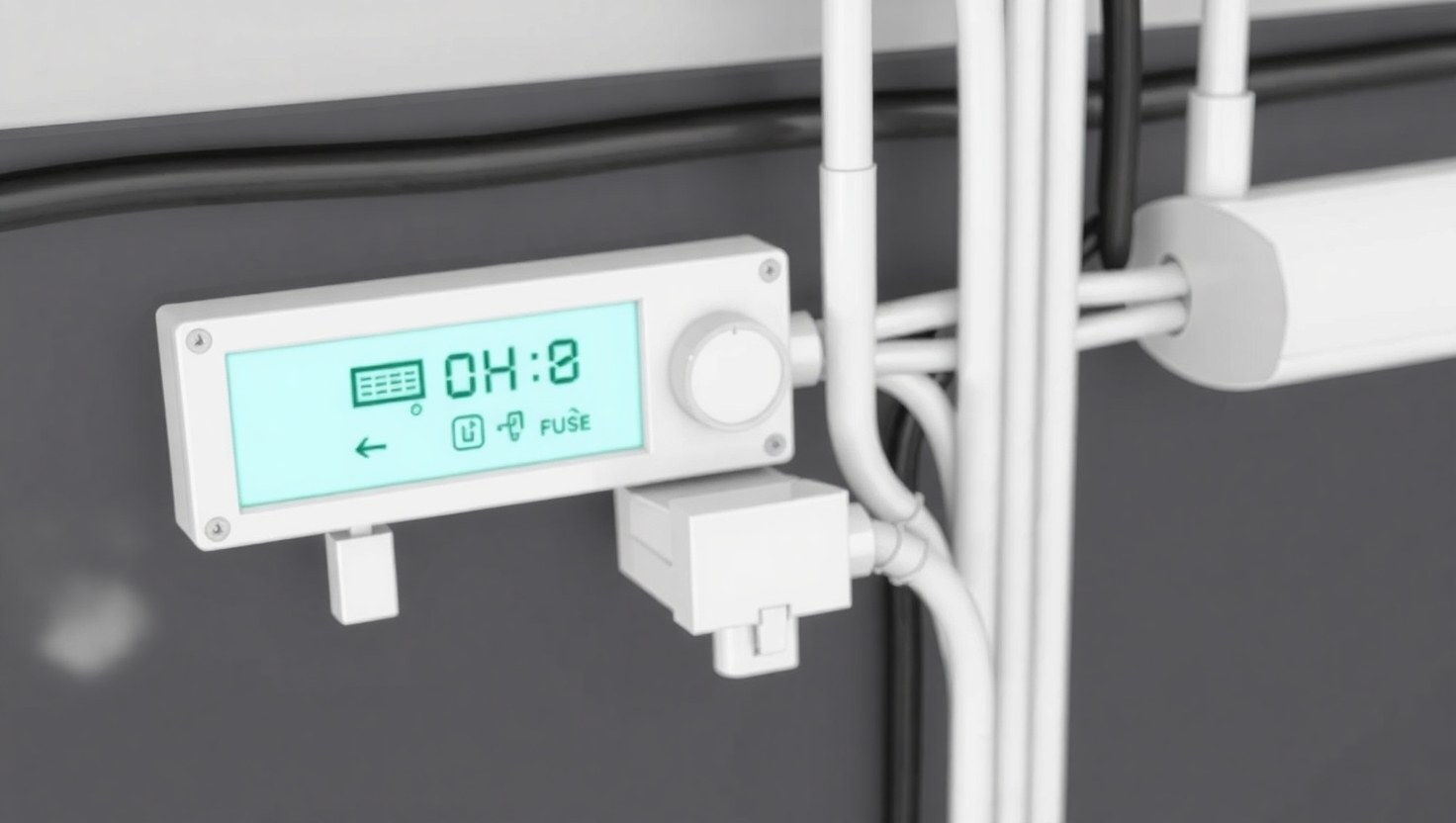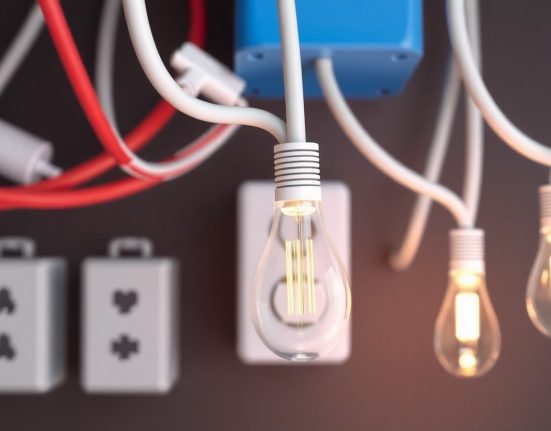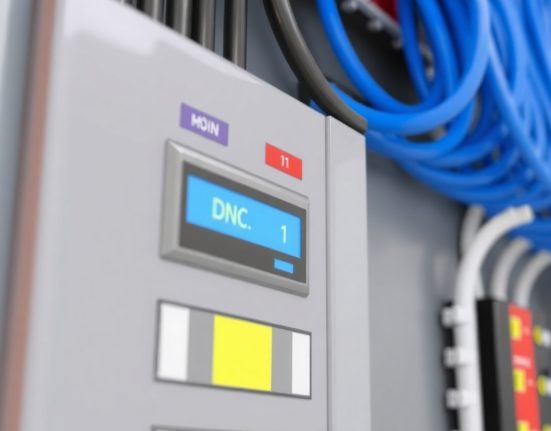Electrical installations at home are an essential part of upgrading and improving our daily comfort, but they require knowledge, attention, and skill. When doing the work yourself or hiring the wrong professionals, many problems can arise, some even dangerous. Electricity is a field where even a small mistake can cause serious issues, so let’s take a moment to talk about some of the most common mistakes people make with home electrical installations and how to avoid them.
One of the most frequent errors is improper wiring connections, which can lead to short circuits or overloads in the system. Often, people use wires that aren’t suitable for the load or connect them without proper insulation, which creates safety hazards that can damage property or even cause fires. It’s very important to make sure that the wires and cables chosen fit the home’s electrical system and that the installation follows the official guidelines. Also, using the right tools and maintaining good insulation helps prevent accidental contact with live parts.
Another common mistake is installing outlets or switches in inappropriate locations or not according to standards. Poor placement can make them hard to use, expose them to moisture in wet areas, or even create risks of electric shock. In places like kitchens, bathrooms, and laundry rooms, it’s especially important to use outlets that are protected against water and to connect everything properly to a grounding system. Besides that, it’s wise to check that all switches and sockets are installed securely and connected correctly to avoid sudden disconnections or overheating.
A less obvious mistake is the lack of proper planning for the home’s electrical system. When the system is installed without considering the number of devices that will be used, or without assigning separate circuits for heavy appliances like ovens, air conditioners, or washing machines, it can result in overloads, damage to appliances, and frequent power outages. Proper planning based on a good estimate of power consumption can save a lot of trouble later and improve safety and efficiency.
Neglecting the grounding system is another very common issue. Proper grounding is a fundamental element in preventing electric shocks and protecting against electrical faults, and it’s a must to meet safety regulations. When grounding isn’t done correctly or is missing, the risk of electric shock rises significantly. So, in any electrical installation, it’s crucial to ensure that grounding is done properly and that grounded devices are correctly connected.
Finally, it’s important to remember that working with electricity requires knowledge and experience — it’s not something to take lightly. Even if the task seems simple, like changing a switch or adding an outlet, it’s highly recommended to rely on a certified professional. Ignoring standards or trying to fix electrical issues without the right know-how can lead to serious safety problems. Electricity demands caution, attention to detail, and care, so investing in a skilled electrician is always worth it.
In the end, a safe, efficient, and durable home electrical system requires proper planning, quality materials, and professional work. This way, you can avoid costly mistakes and keep your home safe and comfortable for years to come.












